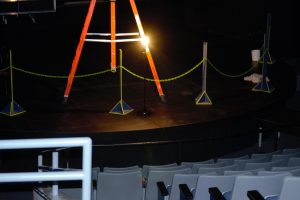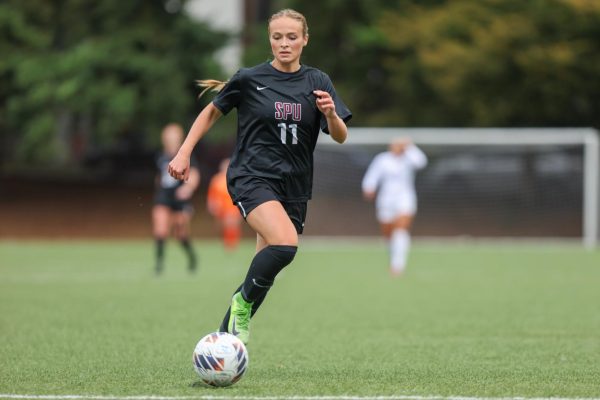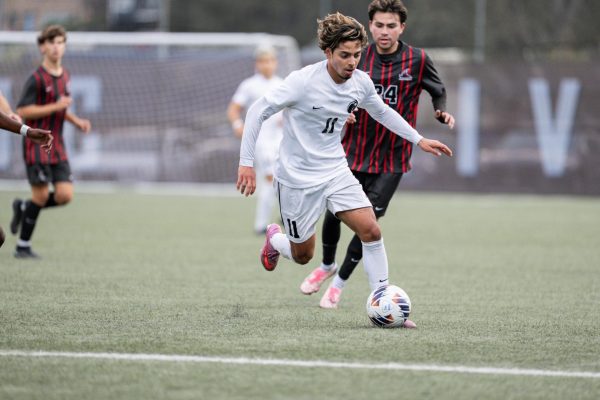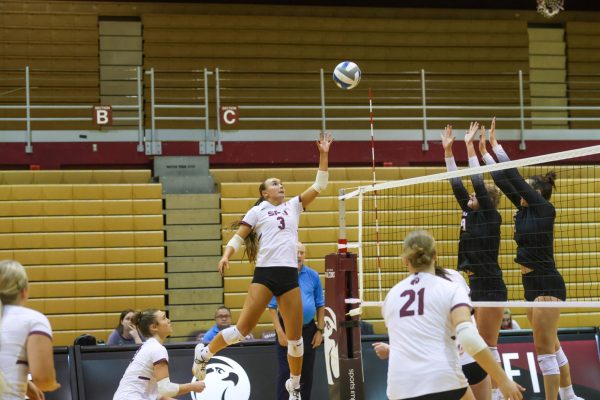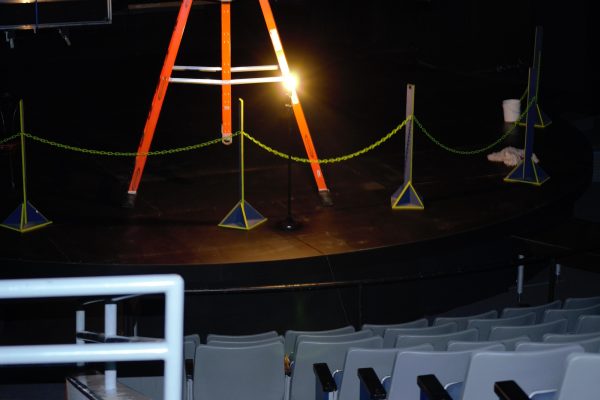Omicron creates testing challenges
Educators prepare for flexibility in third year of pandemic
January 19, 2022
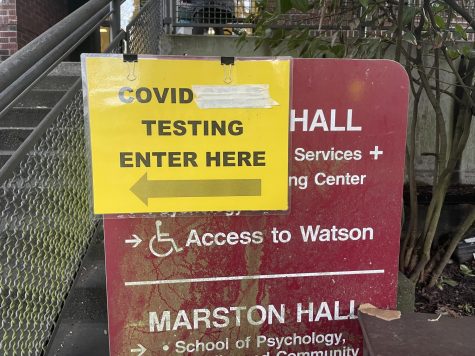
COVID-19 cases continue to increase in Seattle and the Seattle Pacific University community for vaccinated and unvaccinated residents alike.
Because vaccination does not prevent infection from the Omicron variant, the CDC warns of a potential rapid increase of the variant’s infections in the United States.
“The rapid growth rate in Omicron infections is believed to result from a combination of increased transmissibility and the ability to evade immunity conferred by past infection or vaccination (i.e., immune evasion),” said their website
Data also shows that vaccinated people who either receive a booster dose or who were also previously infected are likely to have more vital protection against Omicron.
The New York Times reported on the typical symptoms of Omicron infection, saying:
“Data released last week from South Africa suggests that people with Omicron often develop a scratchy or sore throat along with nasal congestion, a dry cough, and muscle pain, especially low back pain.”
For those who begin to display symptoms, the CDC advises people can be around others after isolating for five days and not exhibiting symptoms. However, they also advise continuing to wear a mask for five days following the end of symptoms to minimize the risk to others.
Testing is often required for an institutional setting as a preventive approach for community health. SPU encourages students to get tested before going to class and after their isolation. However, due to unavailable supplies or testing appointments, accessibility to COVID-19 tests is now a challenge.
A pharmacist at Belltown Bartell Drugs shared briefly with The Falcon that the company faces a high demand for home-kit COVID-19 testings, but the supply chain failed to meet demands due to COVID-19 complications.
“[The test kits] came in last week and went out in just one day,” he said. “Omicron symptoms are no different from other variants. Often known with fatigue, cough or fever.”
Students’ quarantine and testing challenges delayed in-person classes this winter quarter. As students cannot be present for in-person classes, the faculty members have needed to adjust their class formats.
Dr. Matthew Bellinger, assistant professor of communication, collaborated closely with students’ health status in his class to provide accommodation so that every student could access lectures regardless.
“The challenge is not just how many cases there are, but the constraint in testing, the turnaround time for testing,” Bellinger said. “Students are experiencing symptoms which may or may not be COVID, and they’re trying to track down testing, waiting multiple days to get their test results back, depending on their situation.”
Bellinger emphasized the flexibility in classroom response to navigate uncertain situations of the pandemic.
“In a pandemic where case numbers are changing, the question of what we’re going to do tomorrow is changing. Being able to set expectations is really tough,” Bellinger said. “I know it is challenging for students as it’s challenging for me to figure out how to do a lesson plan.”
Jack Nguyen, a third-year chemistry student who transferred to SPU this winter quarter, shared his understanding of the pandemic difficulties.
“All of us students always want to make a small contribution to the fight against the corona epidemic because we understand that we should be helping to protect the whole community’s health,” Nguyen said.
Concerned with the rapidly increasing infections in the SPU community, Kaylie Vo, second-year graphic design student, thinks Omicron is the reason for wide-spreading.
“I think the Omicron variant has a higher contagion rate with unpredictable symptoms and is something we should be cautious about when using spaces around the campus,” Vo said. “My professors have mixed views about the situation. Some prefer in-person because it allows effective interaction, while some also decide to keep the class online for precaution.”
As a student who spends a lot of time in the art lab studio, Vo still thinks that online class is a safer option at this time.
“Even though I understand that being in-person would be more ideal for some courses, I prefer taking online classes during this time since the infections are spreading rapidly,” Vo said.
In response to testing difficulties, Seattle Mayor Bruce Harrell announced new and improved testing options for Seattleites on Jan. 18. A testing kiosk will launch at Seattle Pacific University on Wednesday, Jan. 19 on Bertona street, and will be open Monday through Saturday from 8:30 a.m. to 3:30 p.m.
SPU’s COVID Decision Group recently updated information about testing accessibility on campus. For further assistance, KN95 masks are provided at the UNICOM front desk located in the Student Union Building.
















































































